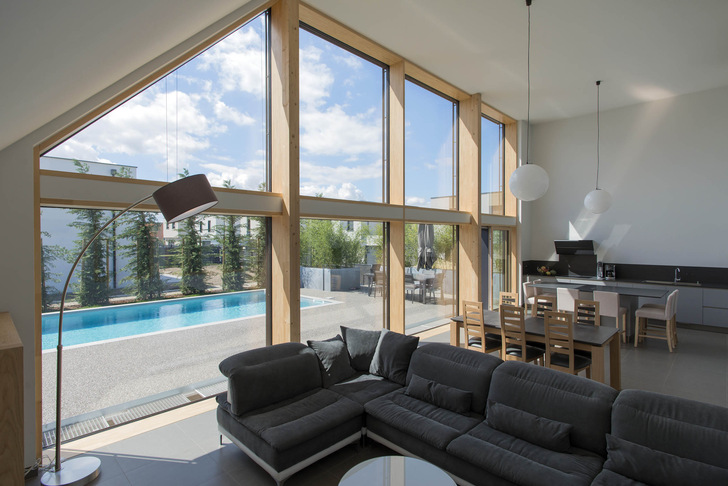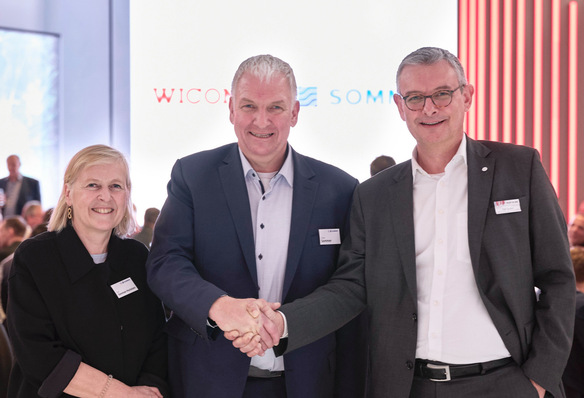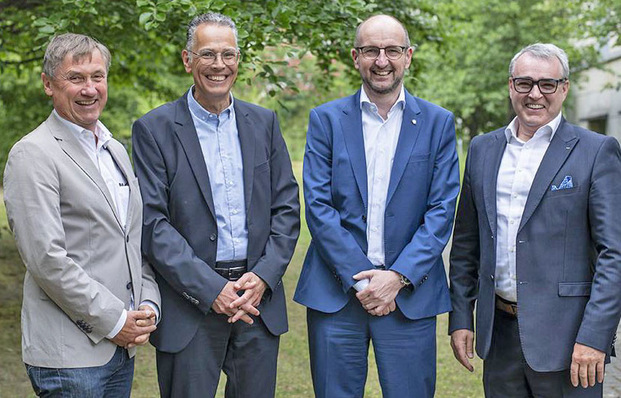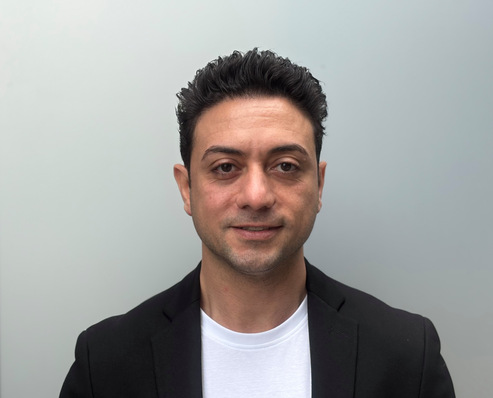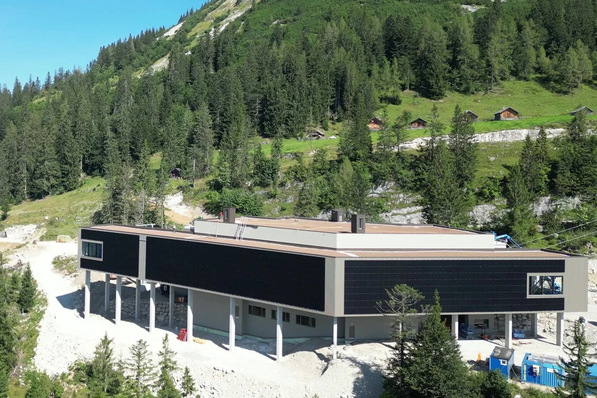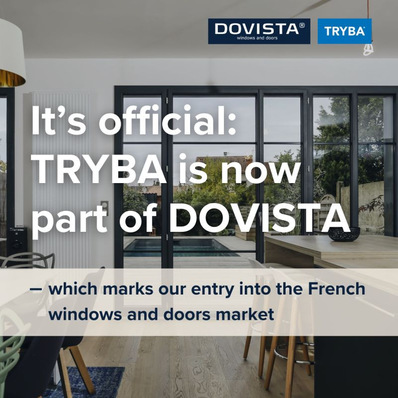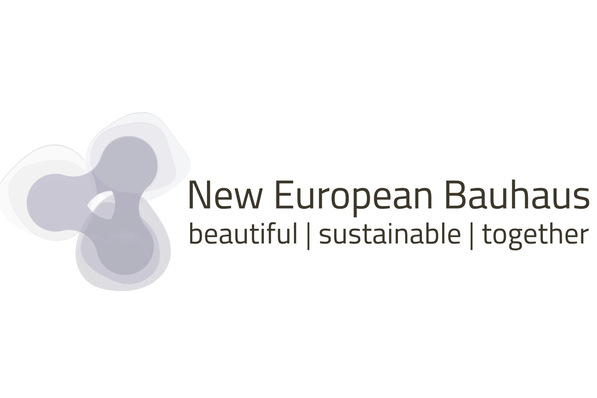Vincent Kempf, owner of KMO and manager of the project, focused on certified Passive House standards, which he has consistently continued to develop: “What we wanted to do was to combine the most demanding energy efficiency labels with the latest innovations. This applies to all aspects of construction, living comfort, as well as protection of the environment and visual appearance.”
The Europassive concept combines ecological responsibility with high profitability and excellent quality. It also emphasises optimised user comfort and a team of contractors who also embrace these values. For example, Kempf pays particular attention to high-quality and reliable construction.
Despite all technical sophistication, the inhabitants have to feel at home. The building owners wanted a bright, spacious detached house with a living room spread over two floors.
The south-facing glass façade ensures that a high level of daylight enters the building. Thanks to its design and excellent features, the detached house boasts comfortable room temperatures in both summer and winter. The building has already passed its baptism of fire in terms of comfort: “Even in the scorching heat of last summer, the interior temperature rose to a maximum of 25 degrees,” the owners reported with pride.
Among other things, it was important to dispense with classic heating, because the optimally insulated building envelope ensures that the heat in the house does not escape to the outside.
Vincent Kempf emphasises: “For a passive house, we try to get as much heat as possible from the sunlight – and to prevent overheating in summer”. Kempf’s idea is based on a bioclimatic concept.
The whole building has a wooden construction, including the base plate. This can be found on 27 metal brackets, which are placed on the load-bearing concrete columns. This design produces better insulation of the building in comparison to a reinforced concrete base plate.
Optimized IG units for the facade
Challenges for thermal insulation include any cold bridges around the windows and glass front. While the north and east side have only a few window openings, the south side is almost completely glazed. Thus the sunlight comes very far into the interior in the winter and ensures brightness and warmth.
The selection of the components ensures energy efficiency and comfort: the glass façade consists of triple insulating glass with a Ug value of 0.5 W/m2K and a light transmittance of 61 percent. In summer, the external solar protection prevents overheating of the interior. The ventilation system with heat recovery creates a pleasant indoor climate. Manual ventilation is possible only through the doors – all the windows as well as the façade have fixed glazing.
Spacer a key element
Swisspacer ultimate spacer bars are fitted in all triple insulating glass. The warm edge spacer bars are among the best currently on the market. They provide an excellent isolated edge composite – with Psi values up to 0.029 W/mK and a correspondingly low Uw value for windows and façades.
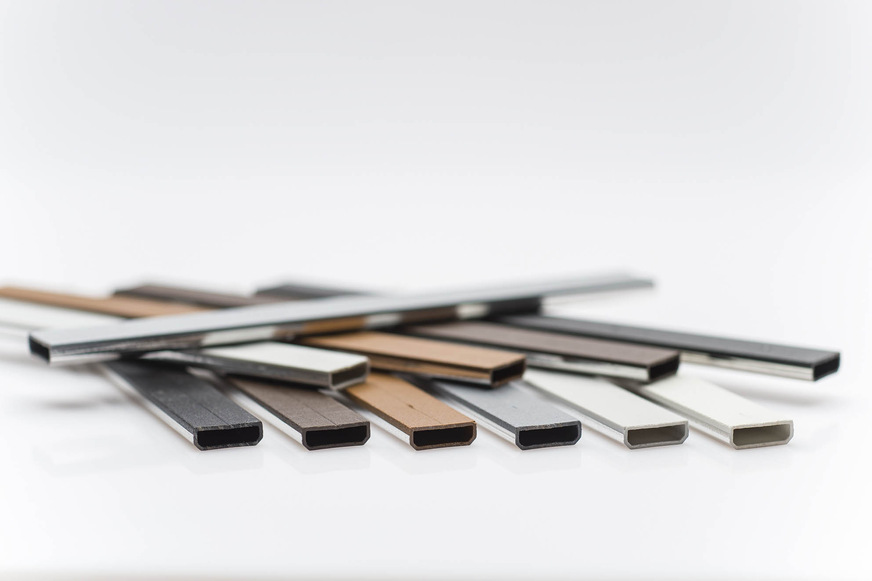
Swisspacer
For Vincent Kempf, the high level of quality and visual aesthetics of the Swisspacer bar were decisive when making his choice: “The Swisspacer Ultimate brings the performance that we demand for ‘Europassive’. In addition, with its matte dark surface, it is easy on the eye in the background and underlines the simple elegance of the building”.







